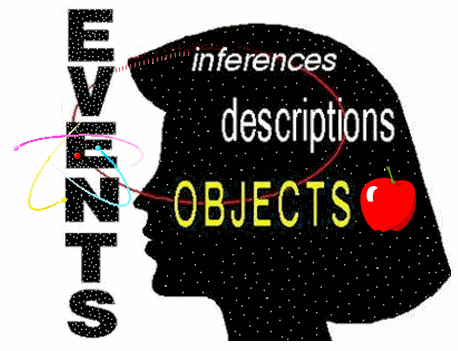
"Hate" contains four letters but only 3 phonemes. The "e" is silent.
"Eight" contains 5 letters but only two phonemes (āt).
Moreover, one letter may be interpreted as a different phoneme in
different contexts. For example:
"Hate" and "hat" each contain 3 phonemes, but the phoneme represented by the "a" in "hate" is different from that represented by the "a" in "hat." Although the "e" in "hate" is silent, it does affect the pronunciation of the "a." We say that the "a" in "hate" is the long "a" phoneme symbolized by a dash (macron) above the "ā," the "a" in "hat" is the short "a" phoneme symbolized by a curved line (breve) above the "ă." In the word "härd," the "a" has an entirely different sound, symbolized by two dots above it (the umlaut). In these three words we have the "same letter" taking on 3 different pronunciations (phonemes) in different contexts.
Often two letters will combine to form one phoneme. The "ph" in the word "phrenic" forms a single sound, as does "th" in the word "think" and "ch" in "child." You can see that although we have 26 letters in the English alphabet, we have many more than 26 unique sounds (phonemes).
The building blocks of written or spoken language can be put together to
produce the fundamental building blocks of meanings -- the morphemes. There are three types of morphemes:
The term "exocytosis" contains all 3
types of morphemes:
Putting the three morphemes together we can infer that the word "exocytosis" refers to the process whereby cells
secrete substances to their exterior. The term "sublingual" can also be divided into 3 morphemes,
including root, prefix and suffix.
Putting the three morphemes together we can infer that the term
"sublingual" means "pertaining to beneath the tongue." "Osteoarthritis" also contains 3 morphemes, but
it lacks a prefix. "Osteo" is from a Greek
term that means "bone," "arthr" is
from a Greek word meaning "joint." Both morphemes serve as base or
root elements in "osteoarthritis." "Itis,"
meanwhile, serves as a suffix from a Greek word that means "inflammation
of." Putting it all together we can infer that "osteoarthritis"
means "inflammation of bones and joints." Perhaps you can see the value in learning to dissect
words into their fundamental units of meaning -- the morphemes. If you learn
the meanings of a few common morphemes, like "itis"
and "sub" and "arthr" and "cyt," you will be able to infer meanings of words that
contain these morphemes even though you may never have seen the whole words
before.
Go to General Semantics Home Page ||| Go to Steven Lewis Home Page